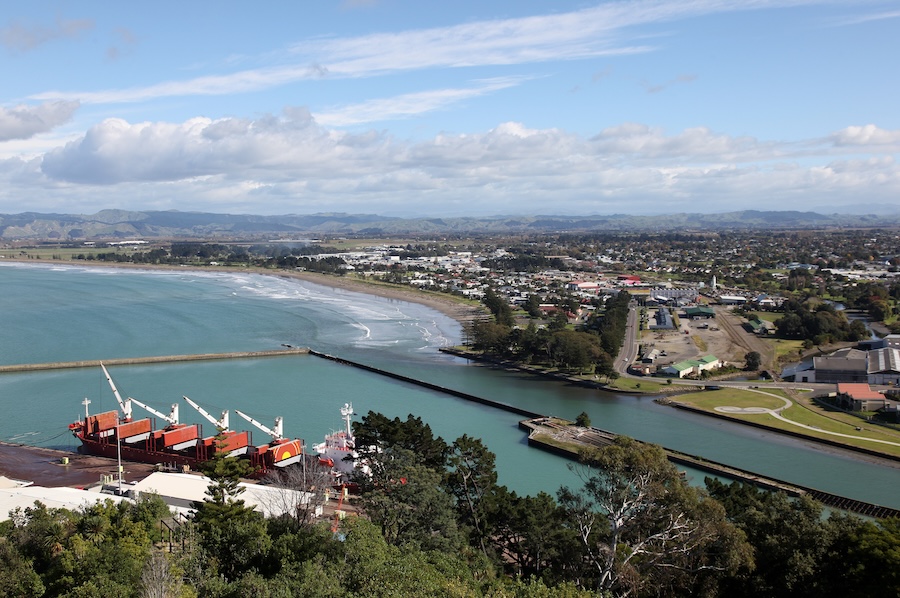Gisborne has claimed the top position on ASB’s Regional Economic Scoreboard for the first time in over four years, buoyed by a robust post-cyclone rebuild.
The latest report, released on September 24, highlights the region’s impressive annual growth in construction, housing, and employment. The report notes that despite signs of optimism in housing market and export growth in some regions, economic outlook to remain sluggish until 2025.
The scoreboard, which ranks New Zealand’s regions based on year-on-year performance in various economic measures, shows Gisborne leading the pack thanks to a staggering 40.8 percent increase in annual construction consents. Non-residential building consents soared by 152.8 percent, significantly contributing to the region’s turnaround.
“It’s fantastic to see Gisborne make a comeback on the scoreboard,” says ASB Senior Economist Chris Tennent-Brown. “We expect this forward momentum for the region to continue in the short term.”
Gisborne’s housing market also saw strong growth, with annual house sales increasing by 25.8 percent. Employment figures rose by 3.6 percent, surpassing the national average of 1.6 percent.
“Exports for Q2 were $26.26bn, up from $25.99bn a year ago, with dairy still our most attractive offering. Our 2024 growth forecasts for some of our key trading partners have been revised higher which is good news for the country. Much like the rest of the economy however, growth is expected to remain below average for 2024, with weakness in China a concern.”
Otago and Canterbury rounded out the top three, with Otago remaining steady in second place and Canterbury climbing four spots to third.
In contrast, Southland and Marlborough saw the most significant declines in the scoreboard rankings. Southland dropped from first to ninth, while Marlborough fell from fourth to second-to-last. Tennent-Brown noted,
“Marlborough enjoyed a spectacular 2024 wine season, and if wine exports pick up as we head into summer, the region could see some much-needed momentum in the next 6-12 months.”
Despite these regional variations, the overall economic outlook remains cautious. Tennent-Brown commented on the national trends, stating, “The unemployment rate rose to a three-year high of 4.6 percent in Q2, and we expect this to move above 5 percent by the end of the year.” While some positive signs are emerging in the housing market, he warned that the construction outlook remains soft and household spending is weak amid ongoing cost-of-living pressures.
The ASB Regional Economic Scoreboard is updated quarterly and evaluates New Zealand’s 16 Regional Council areas based on measures like employment, construction, retail trade, and house prices.




